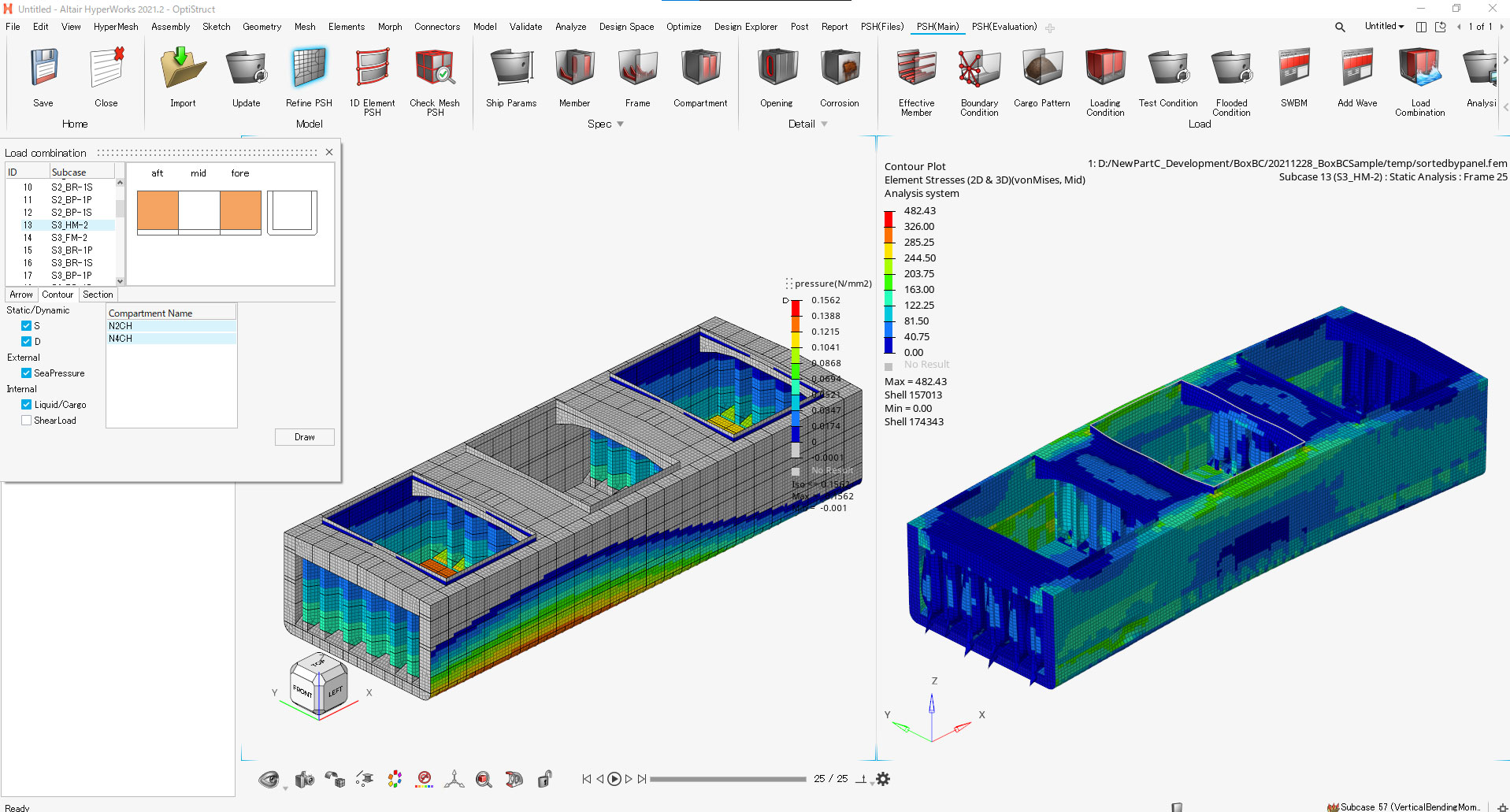Design efficiencies drive safer, sustainable ships
THE many claims made for digitalisation may have led some to overlook the profound changes that data acquisition and analytics have recently brought to rules covering ship structures.
ClassNK has shed light on the benefits of using data-driven analytics in evolving a complete revision of its structural rules, published earlier this year. The new rules combine past experience with data-based evidence to deliver enhanced strength assessments and a deeper understanding on the performance of ship structures.
As a major classification society, ClassNK made significant contributions to the development of the International Association of Classification Societies’ CSR (common structural rules) and found the experiences gained in that process invaluable to its own new set of rules. Its comprehensive revision also draws on a new research project — with participation from academia, industry, shipping companies and shipyards — that delivers a direct response to a revolutionary period for digitalisation and aligns with the ‘Design by Analysis’ principle.
In part, the power of data is realised by integrating sea-keeping analysis from around 80 vessels in the research project and about 100 from CSR development with ClassNK’s guidelines for tanker, bulk carrier and containership construction to derive new EDW (Equivalent Design Wave) load formulae.
Structural strength
More broadly, the progressive approach unifies the concept of strength evaluation to clarify the technical background of each strength requirement.
Analysing thickness measurement data from more than 200,000 locations of plating from ships built since the late 1990s, for example, has provided a basis for establishing threshold values in each environment. This means scantlings can be increased where more strength and greater corrosion margins are needed, and decreased elsewhere to reduce construction costs, fuel consumption, emissions and maintenance needs.
This approach means hull structures can be developed on a more rational basis, while strength assessments support greater flexibility in design to pursue more sustainable ship performance without compromising safety. By way of example, using actual sea state data from the Automatic Identification System data of around 8,000 ships has yielded greater accuracy in predicting the maximum load for a ship’s service period. AIS route data from some 25,000 vessels has been used to improve understanding of hotspot stresses, to improve fatigue strength criteria.
Direct Strength Assessment
 ClassNK
ClassNK
Design integration
Already, the revised rules are integral to ‘PrimeShip-HULL 2022’, the latest version of ClassNK’s design support system covering strength evaluations for hull structures. First evolved out of ClassNK’s strength evaluation software, PrimeShip-HULL has become widely recognised for its improved compatibility with 3D CAD software, operability, and visibility, and an excellent UI/UX (user interface/user experience) that enables a more efficient shipbuilding design process.
PrimeShip-HULL 2022 also features enhanced automation, person-hour reduction capabilities for design, and the ability to model and evaluate different various ship types using the same interface.
New technical challenges have nonetheless emerged. For example, in recent years the introduction of 3D tools into ship design have prompted shipyards and classification societies to discuss the potential gains available from a 3D Model-Based Approval (3DMBA) for ship design. In reality, however, in most cases, 3D CAD is only used in shipbuilding for specific purposes, with 2D drawings still treated as the final ‘true’ design. Use of the 3DMBA in today’s ship design process leads to work duplication and a higher error risk for yards because 3D modelling, rule calculation, direct strength calculation and 2D drawings run on different software.
However, the power of digitalisation lies in its ability to break down barriers across different functions and realise the efficiencies available through integration. Accordingly, ClassNK recently outlined its progress in overcoming this issue by integrating the engineering process for rule and direct strength calculations into 3D CAD, which will streamline the ship design process and enhance the effectiveness of 3DMBA.
ClassNK expects the true significance of data-based developments in structural rules will become increasingly apparent in years ahead as the high degree of accuracy in strength evaluation provides a basis for safe and highly rational design. For shipping’s net zero future, ClassNK also believes the rules provide the platform to develop the innovative structures needed to enable, among other things, zero-emission vessels.

